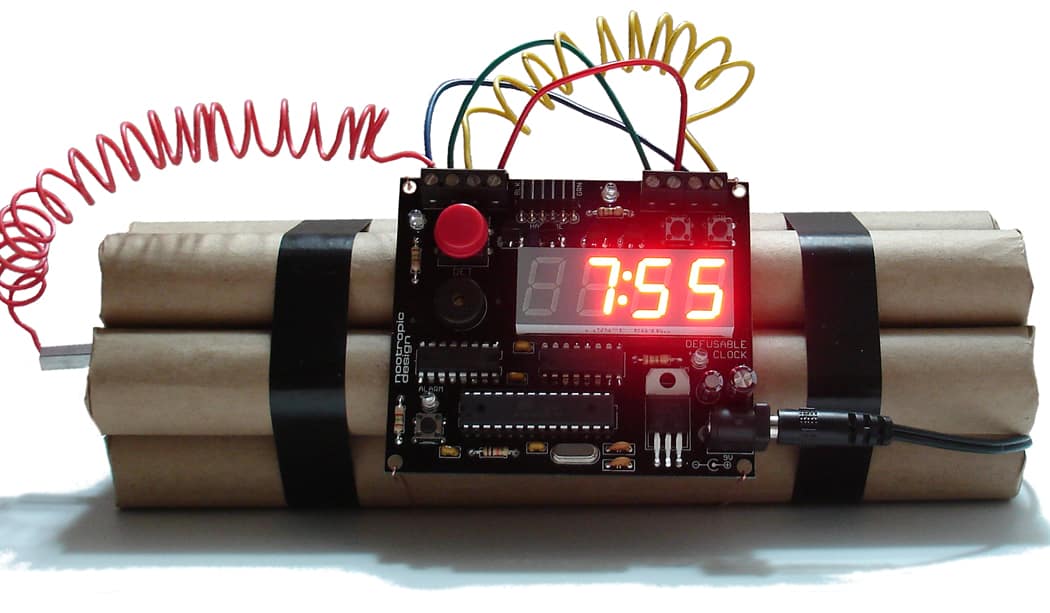
10 Jul Dynamites From Phillip Hodson
Published by READERS’ DIGEST FEBRUARY 2009
1. Exercise proved to be at least as effective as medication in treating depression. The US journal Sports Medicine analyzed the published research on exercise and depression1. In seven out of eight studies reviewed, they found that aerobic exercise, weight training, dancing, and raquetball all produced improvements in mood as compared to no exercise.2. Colouring your walls can aid recovery from illness and improve mental wellbeing. Hospitals are now being designed to produce a blue artificial light on walls in the morning to stimulate their patients and a red light in the evening to relax them. CNN also reported on January 5th 2008 that a jail in Texas has reduced inmate violence by up to 30% after painting cell walls pink.
3. Listening to Music Can Reduce Chronic Pain and Depression. A study published in the June 2006 issue of the Journal of Advanced Nursing found that listening to music daily reduced chronic pain, made people feel more in control of their pain, reduced depression, and made people feel less disabled by their condition.
4. Laughter therapy speeds cardiovascular and injury recovery. A study of male and female volunteers conducted at the University of Maryland School of Medicine found that 95 percent of them experienced increased blood flow while watching a comedy film while 74 percent had decreased blood flow during a heavier picture, such as “Saving Private Ryan.” The benefits lasted from between 12 and 24 hours. (Samuel Pepys claimed that he survived the Great Plague of London by remaining in ‘high spirits’).
5. Creative visualisation greatly improves the mood of women suffering from breast cancer. While there is no evidence that guided imagery or visualisation can boost your white cell count those suffering from breast cancer did report a marked upswing in mood by employing these techniques. They also served to reduce anticipatory nausea and vomiting prior to chemotherapy2.
6. Electroshock therapy can be the most effective treatment for very severe mental illness although nobody really knows why.
‘Electro-convulsive therapy is effective in about 80 percent of people who receive the full course’3.
7. You can reduce both the strength and frequency of panic attacks by memorising and focusing on a mental picture from childhood containing specific associations of happiness. This is because the brain finds it difficult to experience happiness and alarm simultaneously.
8. To reduce levels of intimidation when someone tries to force you into an unwanted action, simply imagine them sitting on a drawing pin naked.
9. To deal with catastrophic levels of anxiety, force yourself to write down what could be the worst outcome of the situation in which you find yourself. Unless death is imminent, it can rarely be as bad as you fear.
10. A simple remedy for male premature ejaculation is the Beautrais Manoeuvre – named after a New Zealand sex therapist. Near to climax, the male testicles rise on the cremaster muscle upwards towards the body. Simply find a means of holding the testes down…
EXTRAS
* To relieve aching feet, ease sprains, or stimulate circulation the traditional mustard bath, using a heaping teaspoon of powdered mustard to a basin of hot water, is still an effective treatment today.
* Morhulin (cod liver oil ointment with zinc oxide) is a highly effective remedy for infected wounds, and it’s economical. One tube practically lasts a lifetime4.
* On the battlefield, when the antiseptics are exhausted, soldiers are trained to pee on their injuries since fresh urine is a sterile astringent (although it will soon collect bacteria if preserved).
1 https://healthlibrary.epnet.com/GetContent.aspx?token=e0498803-7f62-4563-8d47-5fe33da65dd4&chunkiid=21566#ref99
2 https://www.cancerhelp.org.uk/help/default.asp?page=256
3 https://www.mayoclinic.com/health/electroconvulsive-therapy/MH00022
4 https://www.netdoctor.co.uk/medicines/100001745.html



No Comments